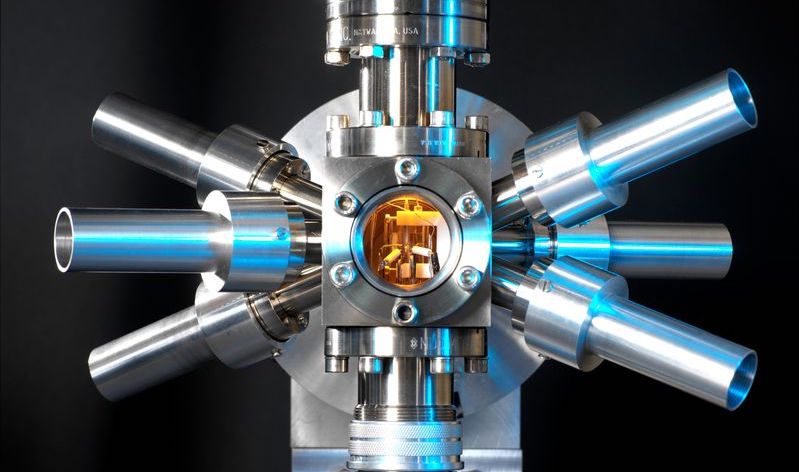Rumbles of the Quantum Computing Revolution in Security
From the Cipher Brief:
Imagine a sensor that could instantly detect nuclear submarines deep
underwater, a supercomputer that can break the strongest encryption in
the blink of an eye, or a worldwide satellite network of theoretically
unbreakable communications.

These are just a few of the capabilities promised by quantum physics,
a century-old science, which found that particles have unique and
unexpected properties at the smallest scale. Scientists have long
theorized that these properties could revolutionize computing, sensing
and a host of other technologies.
Today, these theoretical ideas appear to be on the brink of spurring a
revolution in quantum technologies, which has the potential to reshape
the way that countries think about defense and national security.
Now, the race is on between U.S. agencies like the NSA, which is
reportedly building a next-generation quantum computer capable of
breaking classical cyber encryption, and potential adversaries like
China, which launched the world’s first quantum communications satellite
last year.
The crux of quantum mechanics is focused around two unique properties
observed at the quantum scale. The first, superposition, allows
particles at the quantum level to exist in two different places at once
until measured. The famous thought experiment of Schrodinger’s cat, in
which a cat is placed in a box with a flask of poison, a tiny
radioactive source, and a Geiger counter, demonstrates this paradoxical
state. If the Geiger counter senses radioactivity – in this case, a
random subatomic event – it will trigger a device to break the flask of
poison. However, since this event is random, the cat can be considered
to be both alive and dead at the same time until someone takes a
measurement by looking in the box.
The quantum property of entanglement is similarly strange. Scientists
have found and proven that certain particles can become “entangled,”
and thus interact with each other, even at great distances, in ways that
cannot be explained by classical physics. Albert Einstein famously
described this phenomenon as “spooky action at a distance” in his
arguments critical of the theory.
The initial discovery of these and other bizarre quantum interactions
were “a great surprise…but it wasn’t until more recently that we
focused on actually controlling these phenomena,” said Dr. Brad
Blakestad, quantum computing expert and Program Manager at the
Intelligence Advanced Research Projects Activity (IARPA), under the
Directorate of National Intelligence.
This recent focus on control has led to a modern race to discover
“what applications we can use these different properties for in quantum
information tasks, such as quantum sensing or quantum computing.”
By their nature, quantum systems are highly sensitive to interference
or “noise” from their surrounding environment, and the difficulty of
isolating quantum particles from that noise has been one of the most
significant engineering stumbling blocks to developing real world
quantum applications. However, this sensitivity to disruption also means
that quantum systems could provide next-generation sensing capabilities
that far outstrip current technology.
For instance, the lab at the National Institute of Standards and
Technology (NIST) has been developing increasingly precise atomic clocks
since the 1950s – probably the first quantum device. Now, these clocks
have become so precise that they can actually sense the gravitational
effect on time, which moves slightly slower the closer one gets to the
Earth’s gravitational center.
This gravity sensor can not only provide ultra-accurate measurements
of altitude, it could also detect gravitational anomalies underground or
underwater, such as a hidden underground nuclear facility in North
Korea, or a Russian nuclear submarine. This gravitational sensor might
also provide the foundation for new and more accurate navigation
systems, possibly replacing current geospatial navigational tools, such
as GPS. New systems could be developed to more accurately detect
anomalies in the electromagnetic spectrum, opening up a world of new
possibilities for military and civilian applications.
Quantum applications in the cyber realm have been somewhat more difficult to develop and test.
To make quantum computing work, “you have to isolate your systems
very carefully, you have to cool them to unimaginable cold temperatures
and try to isolate them from every source of noise,” said Dr. Stephen
Jordan, a quantum physicist at NIST. In addition, Blakestad notes that
“superpositions don’t stick around once you measure them,” which makes
it very difficult unlock the computing power of quantum systems....MORE
